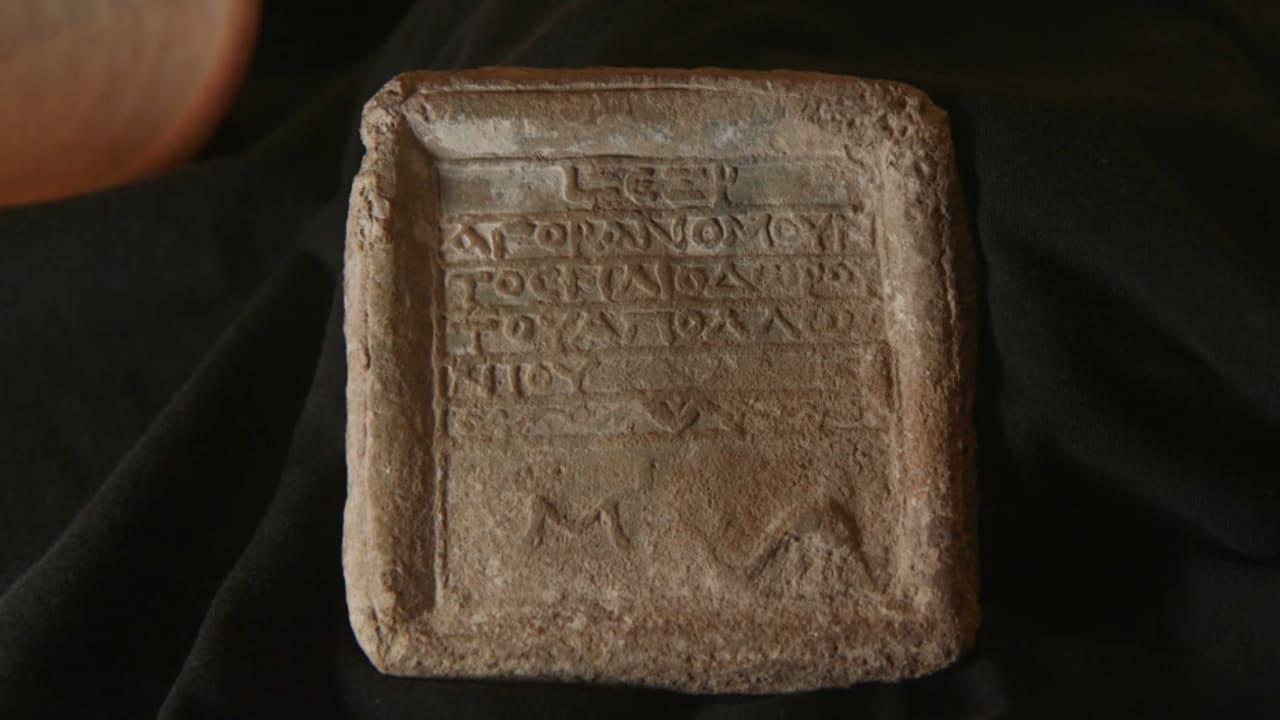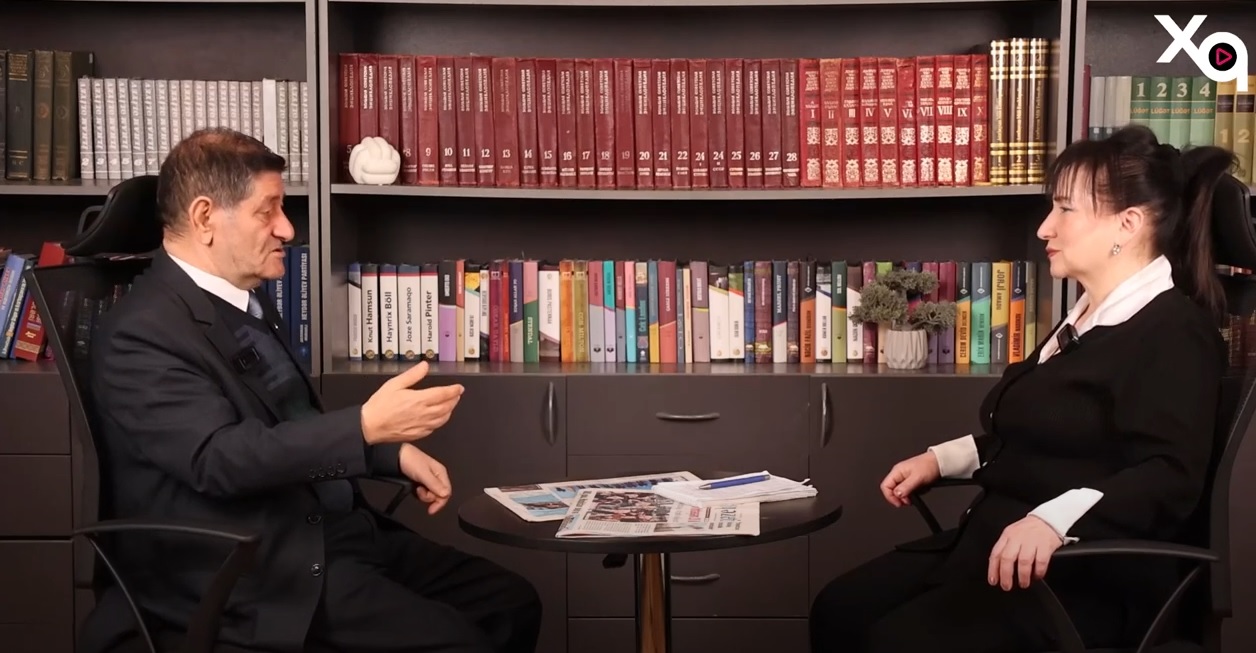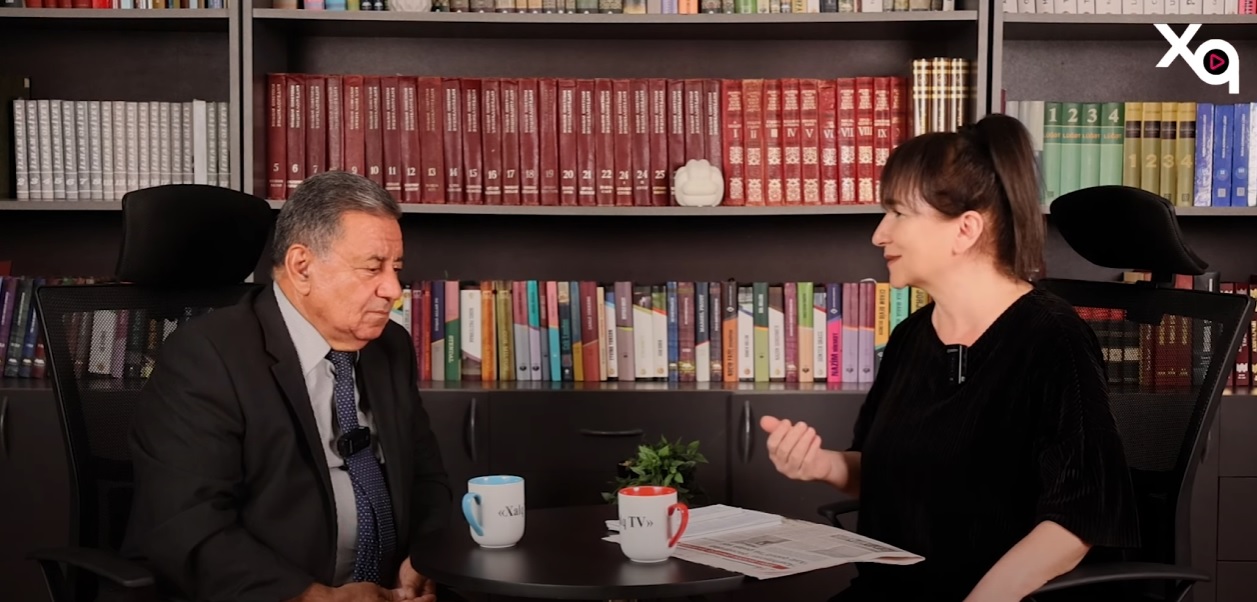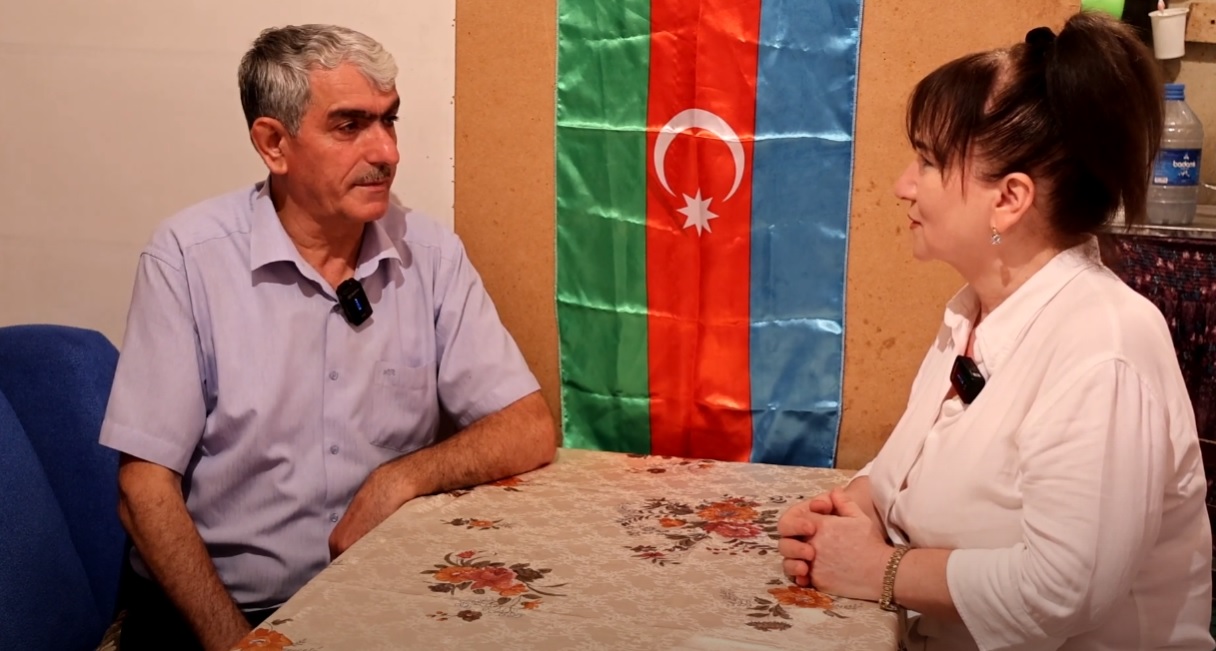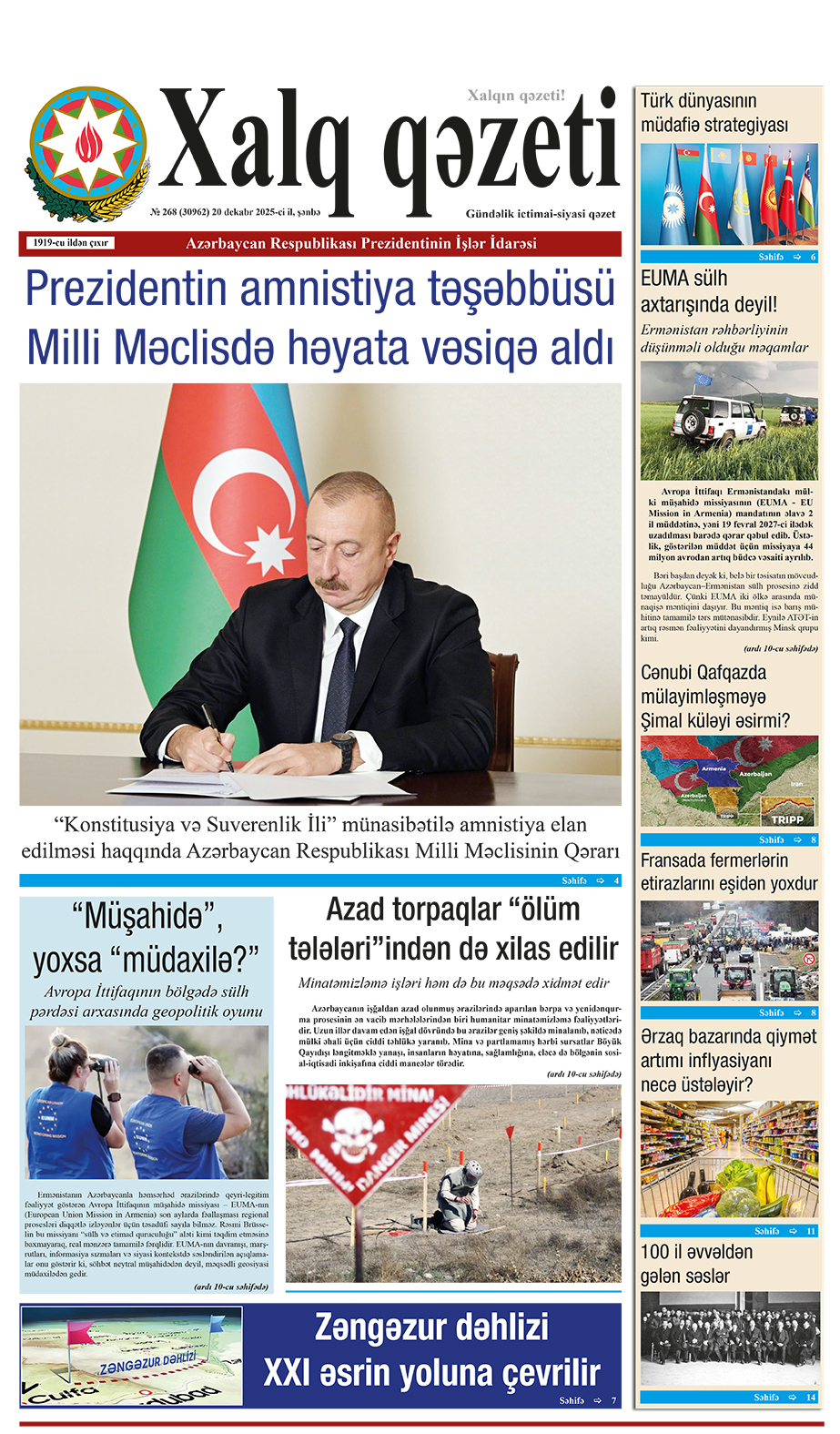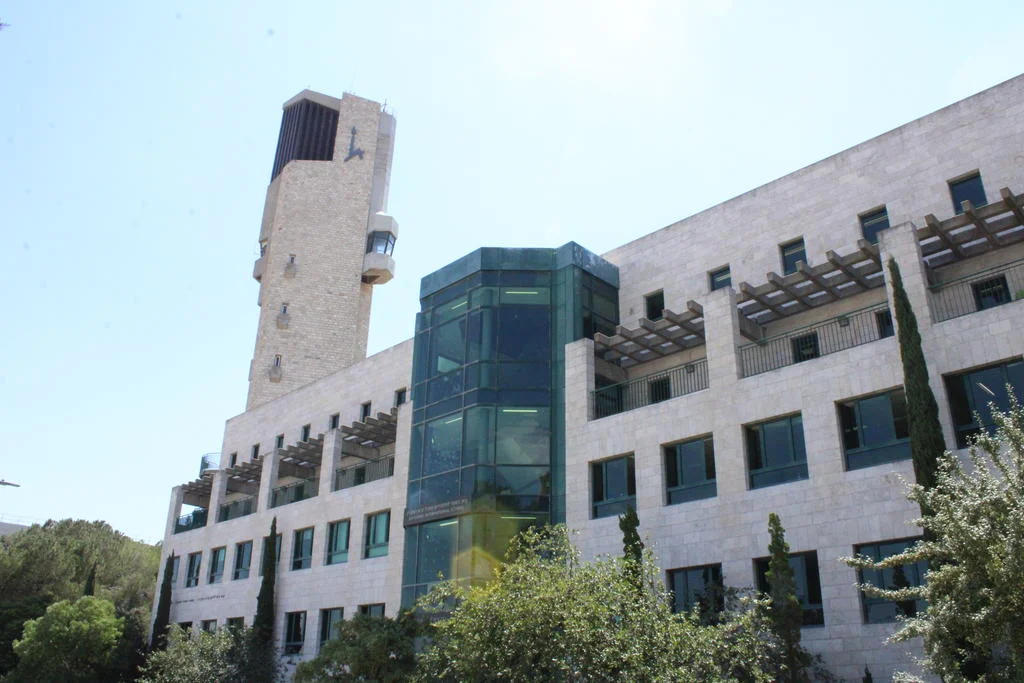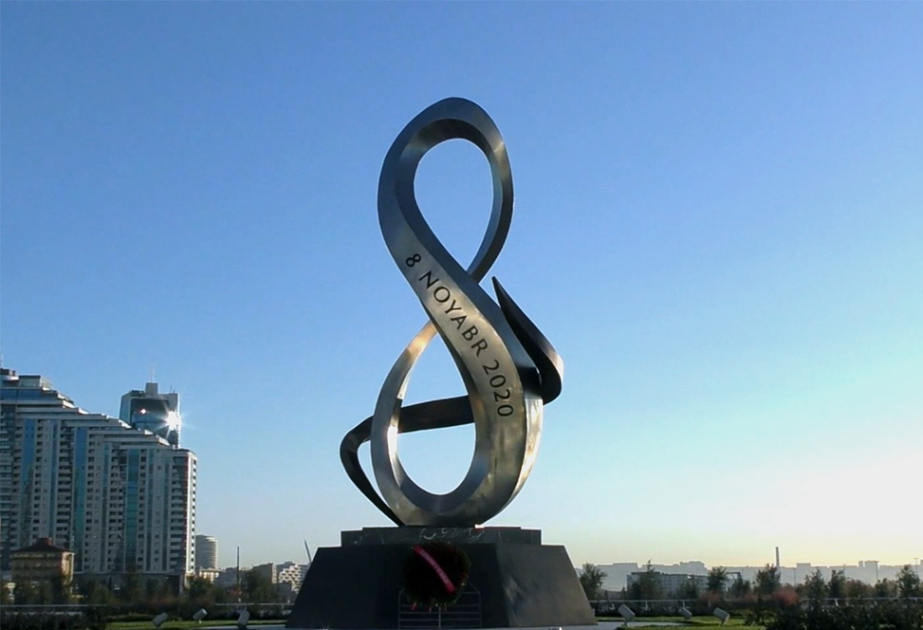ByJERUSALEM POST STAFF
A lead weight from 147 BCE—marked by a powerful market official—may tie to a major political dynasty in Edom’s ancient capital.
A lead weight bearing a Greek inscription about 2,150 years old was seized this week in an intelligence-based operation by the Israel Antiquities Authority’s Theft Prevention Unit at an antique shop in Jerusalem. The Authority interrogated the shop owner to trace intermediaries and looters who removed the object from its archaeological context.
Researchers dated the weight to 147–148 BCE, identified as year 165 of the Seleucid era, when the Seleucid Empire controlled large parts of the Middle East. It carried the Greek phrase “Heliodorus son of Apollonius Agoronomus,” indicating a government official responsible for overseeing the accuracy of measurements and weights in markets to prevent commercial fraud. Researchers identified a mark resembling the Greek letter M as the initial of the word Mina and noted the artifact’s precision: one Mina, the common weight unit of the period, equivalent to one hundred Greek drachmas. The piece also bears a dolphin drawing whose significance remains under investigation; researchers hope the symbol will help identify the city of origin, since different cities used unique symbols on their coins and weights.
“Their Greek names, Heliodorus and his father Apollonius, indicate a Hellenized population,” said Ido Tzangan, a researcher at the Antiquities Authority. “Both names are linked to the sun gods in Greek mythology, Helios and Apollo, suggesting a cultural-religious connection to the Hellenistic culture that dominated the Land of Israel at that time,” he said. Tzangan added that such names were common in Idumea (modern-day southern Judea), where the local god Kos was identified with the Greek sun gods.
Researchers pointed to possible links with Mareshah, capital of Edom during the Hellenistic period, where the name Heliodorus was common. In Mareshah, additional items related to the office of the agoronomus were found bearing the same names and dated close to that of the seized weight. On a weight dating about twenty years earlier (170/69 BCE) the name of an agoronomus called Apollonius appeared, and on weights and measuring vessels five years after the seized weight (143/2 BCE) an agoronomus named Antipatros son of Heliodoros appeared. “It is known that in the ancient world, government positions—including the Agoronomus—tended to pass from father to son,” said Tzangan. “However, the positions did not always pass from father to son; these names were not particularly rare in Mareshah, and there is no absolute certainty that the weight comes from this site. We at the Antiquities Authority are examining this hypothesis these days. If it proves correct, it would be a rare and fascinating discovery regarding politics and governance in antiquity,” he said.
The broader historical backdrop included a well-known royal inscription discovered in the Mareshah area, dated to 178 BCE, that mentioned another Heliodorus—Heliodorus the Diocletian, treasurer and head of the king’s ministers—who was mentioned in 2 Maccabees, chapter 3. Some attributed his actions as one of the reasons for the outbreak of the Hasmonean revolt against the Greeks.
The Antiquities Authority said that the removal of the archaeological artifact from its site without proper excavation caused the loss of valuable historical information and that, had the artifact been found at a specific site, researchers could have enriched the historical record; currently, they were left to guess the ancient city from which the item was plundered and its context. The Authority added that the law prohibited antiquities dealers from purchasing items from an unknown source and that it acted to prevent looted objects from reaching shops, capture thieves in the field, and bring them to justice.
“The struggle against antiquities thieves and the trade in antiquities helps preserve the cultural treasures of the State of Israel,” said Minister of Heritage Rabbi Amichai Eliyahu. “Every historical artifact allows connecting additional pieces in the puzzle of the historical story of the people of Israel and the Land of Israel,” he said.


